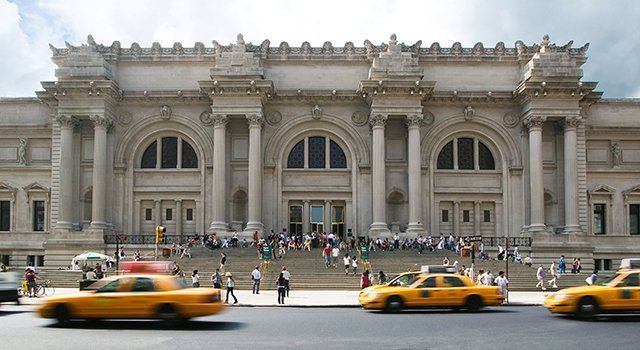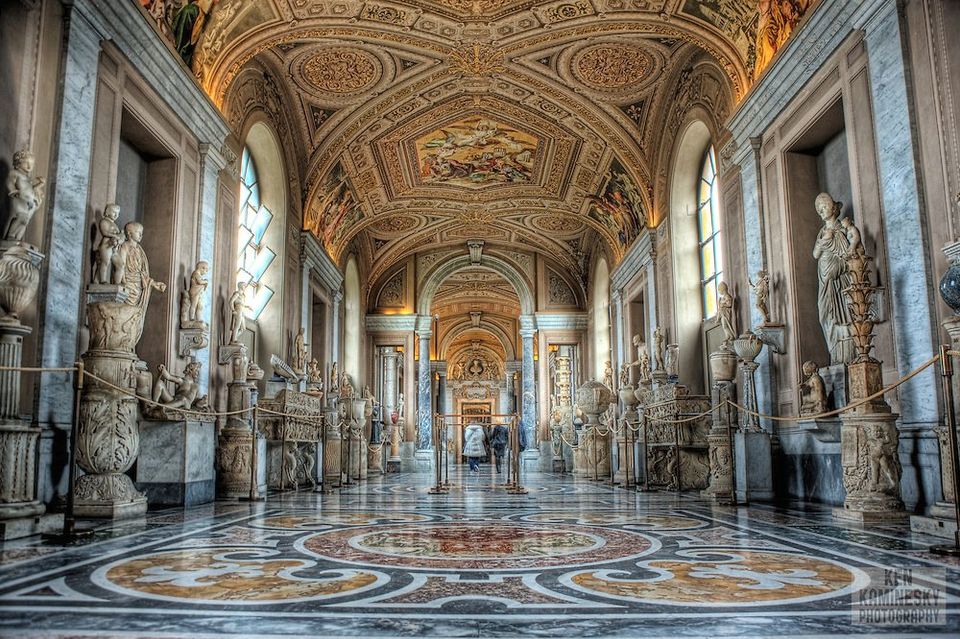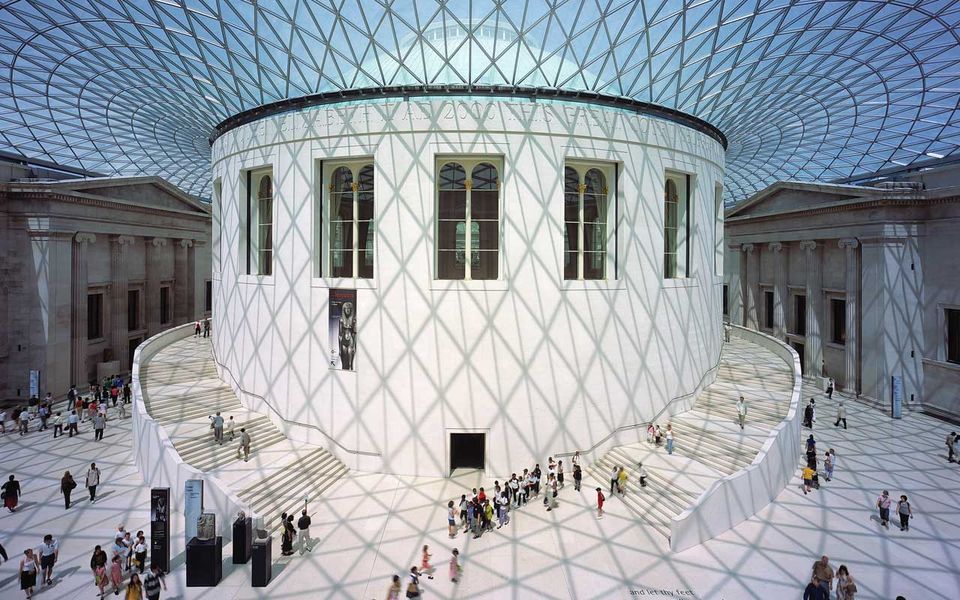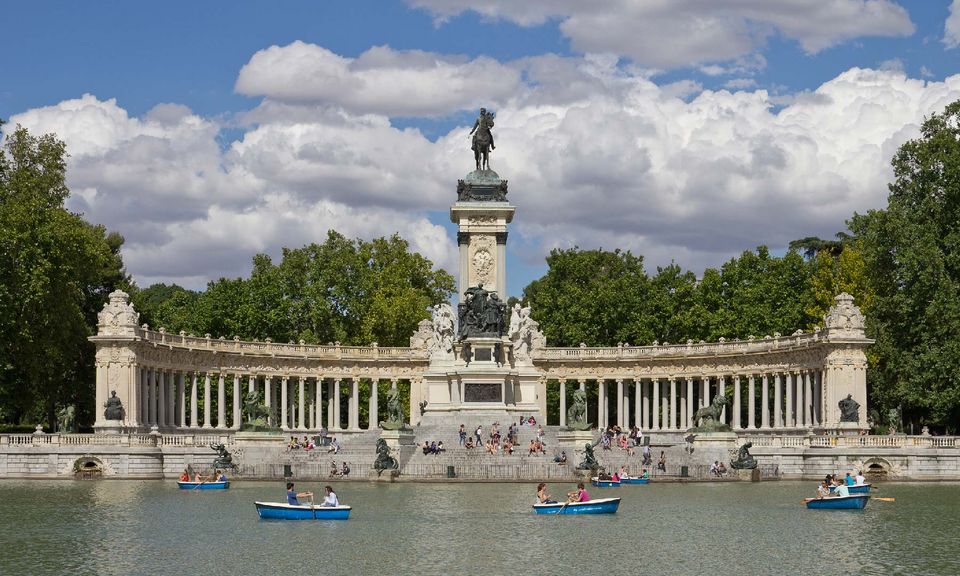The best art museums in the world
February 26, 2020
From the British museum in London to the Museum of Modern art in New York, here is our top picks for the world’s best art museums.
There are a number of amazing museums out there, but the best art museums in the world have become destinations in themselves. Being home to some of the world’s most popular artefacts, sculptures, and paintings, these museums are a treasure of knowledge, allowing visitors to navigate the culture and history through creative expression. These museums show very different exhibits, but they have one thing common: they all definitely worth your visit.
Metropolitan Museum of Art, New York
Also known as The Met, the Metropolitan Museum of Art, New York
is the largest museum in the Western hemisphere. The museum is home to more than 2 million pieces of artwork and displays enough variety to attract millions of enthusiasts each year from around the globe. Its collection spans Africa, Asia, Europe, America as well as the Islamic, classical and ancient worlds. The work includes antiquities, musical instruments, interior design, glass, sculpture, photography, painting, statuary, armor and the entire first century Egyptian temple of Dander.

Vatican Museums, Vatican City, Rome, Italy
Located within the city boundaries, the Roman Catholic Church’s Vatican collection
is most stunning and one of the largest collections in the world. It was founded in the early 16th century and contains masterpieces of sculpture, painting and other work of art collected by the popes through the centuries. The museum includes different monumental works of art such as the Borgia Apartment, the Raphael Rooms and Loggia, the Chapel of Beato Angelico and the Sistine Chapel.
Le Louvre, Paris, France
The Louvre
is one of the most famous art museums in the world and a must visit destination for a person with an interest in art. It was originally a fortified palace that was home to the kings of France before becoming a museum two centuries ago. The museum has a collection of over one million works of art, from which 35,000 are on display. Some of the most famous artworks in the museum are Leonardo da Vinci's Mona Lisa, the Dying Slave by Michelangelo, the Nike of Samothrake and, of course, the Venus of Milo. Come for the best known works but stay for the splendour of the lesser known works. You can easily get lost for a whole day.
The British Museum, London, England
The British Museum, of London
is the largest museum in Britain. The museum is dedicated to human culture, art and history and it is located in the Bloomsbury area of London. It holds more than 8 million objects from different era, ranging from exquisite gold jewels to whole Assyrian palace rooms, Athens Parthenon to prehistoric bones.
El Prado Museum, Madrid, Spain
The Prado Museum
also known as (Museo Nacional del Prado) is the main Spanish national art museum, located in central Madrid. The museum contains the most impressive and largest art collections in the world from the 12th century to the early 10th century based on the Spanish art and royal collection. The most notable artwork of the Prado Museum display is El Greco, Murillo, Velasquez and Goya. The collection comprises around 8,200 drawings, 4,800 prints, 1000 sculptures and 7,600 paintings. El Prado is also situated next El Parque de Retiro, an enormous, beautiful park owned by the Spanish monarchy until the 19th century. A highlight is taking out a rowboat on the little lake in front of the Monument to Alfonso XII, or visiting the Crystal Palace within the park.
Articles

In the period since COVID forced many of us back home and out of the office, remote work has become the new norm for many. The flexibility of working from home, especially for those with small children, is very compelling, but making a productive workspace is more than setting up a desk in the spare room. More people are seeking to create functional and comfortable workspaces in their homes, however, it can be difficult to strike the right balance between a professional office space and a cosy home environment. Here are some tips for designing a home workspace that meets both of these needs: Dedicate a specific area for work Designating a specific area for work is essential for separating work from leisure time. This could be a separate room or just a corner of a room. It is important to make sure that the workspace is free from distractions and clutter, as this will help you stay focused and productive. Choose the right furniture Ergonomic furniture is key to a comfortable and productive workspace. Invest in a comfortable chair, a desk that is the right height, and a good-quality mouse and keyboard. If you are prone to back pain, consider a standing desk. Add personal touches Just because your workspace should be functional, doesn’t mean it can’t be personal. Add photos, plants, and other personal items to make the space feel like your own. This will help create a sense of comfort and make you feel at home in your workspace. Good lighting Good lighting is essential for a comfortable workspace. If possible, place your desk near a window for natural light. If not, invest in a high-quality desk lamp to provide bright, even light. Keep it organised An organised workspace will help you stay productive and focused. Use desk organisers, filing cabinets, and other tools to keep your work area free from clutter. A clean and organised workspace will also help you start each day with a clear mind. Consider your work style Think about the type of work you do and how you like to work. If you prefer a minimalist workspace, opt for a simple desk and a few basic supplies. If you need space for multiple screens and other technology, make sure you have enough room to work comfortably. Take breaks It’s important to take breaks throughout the day to avoid burnout. Step away from your desk, go for a walk, or do some stretching exercises to clear your mind and recharge.













